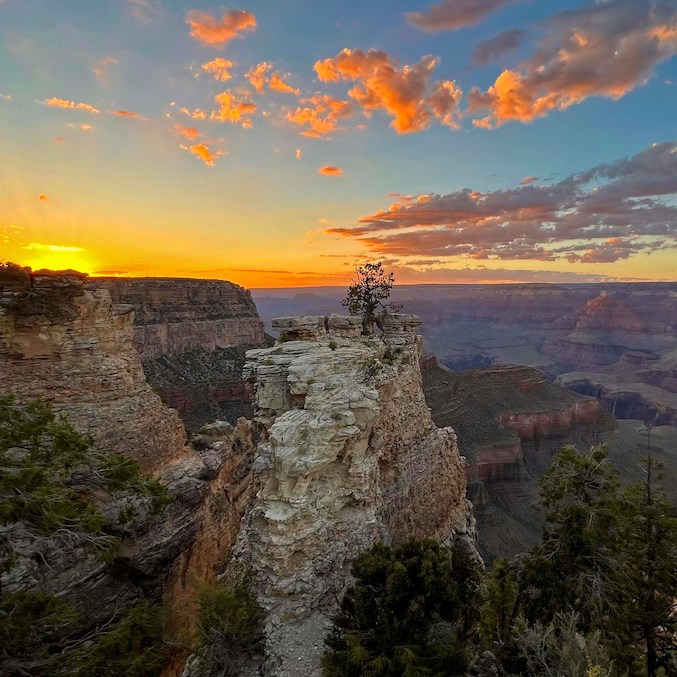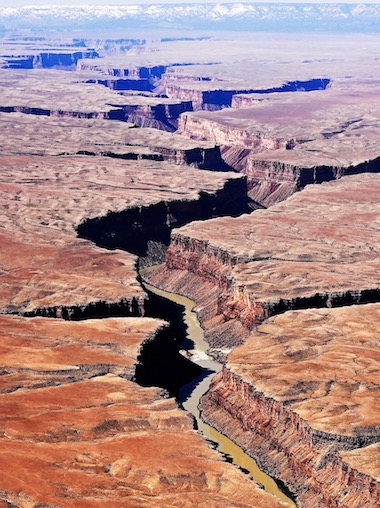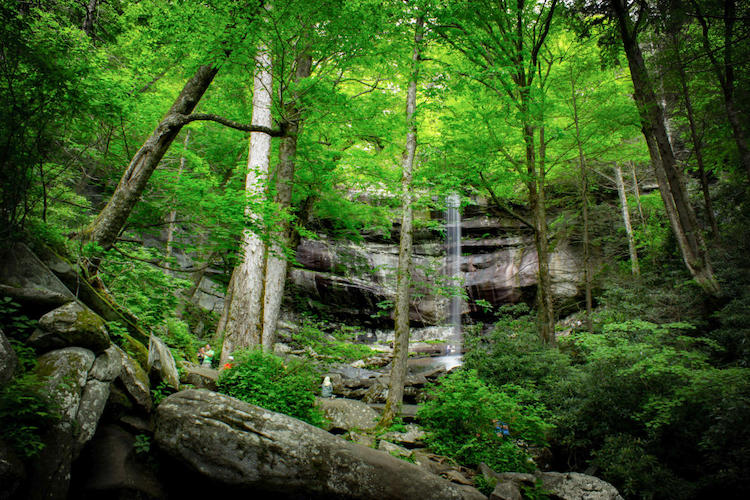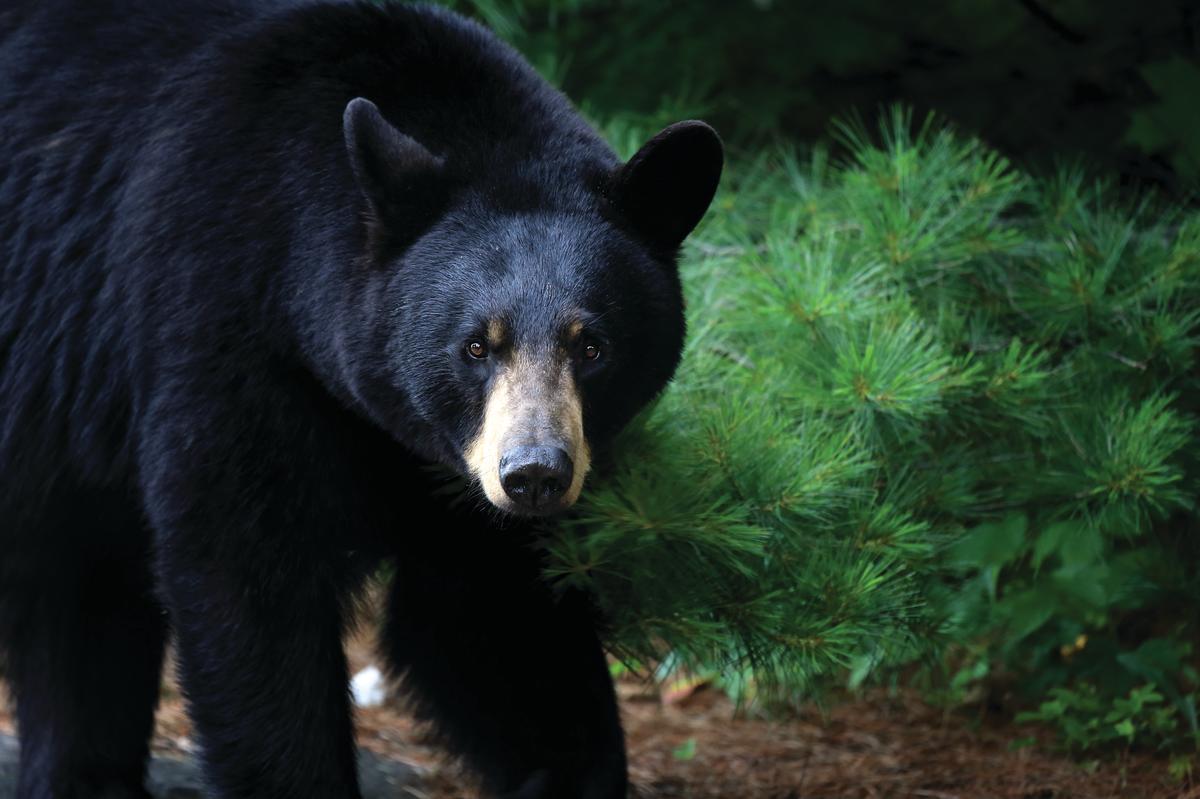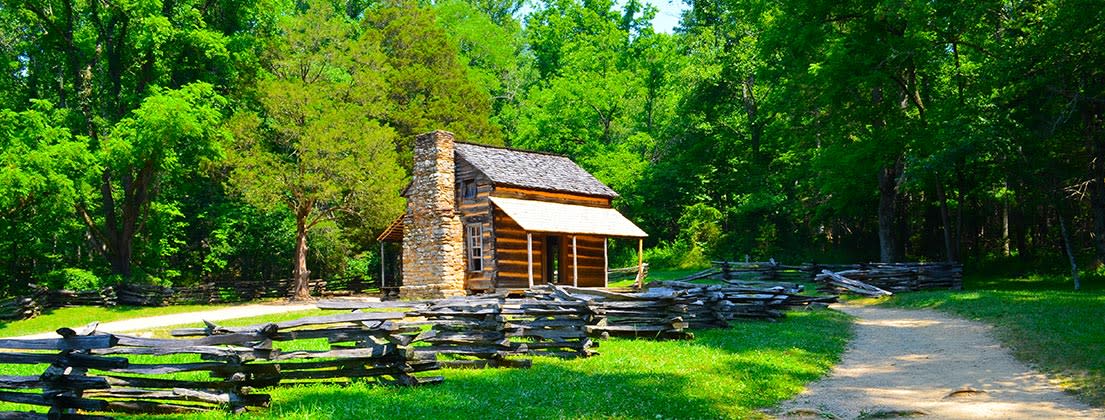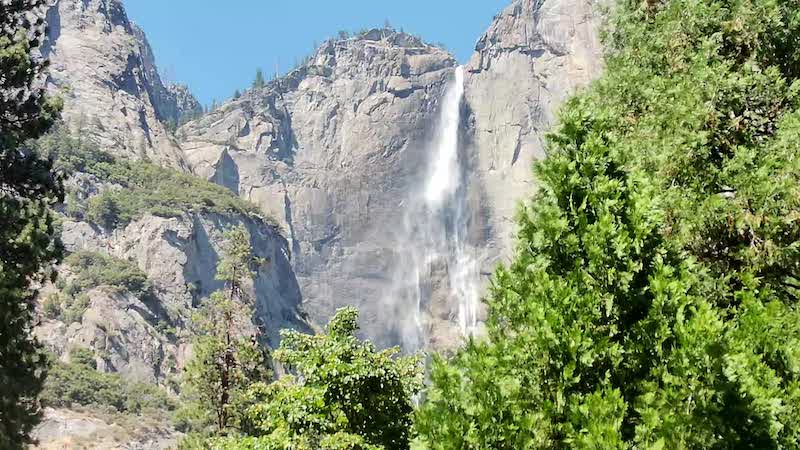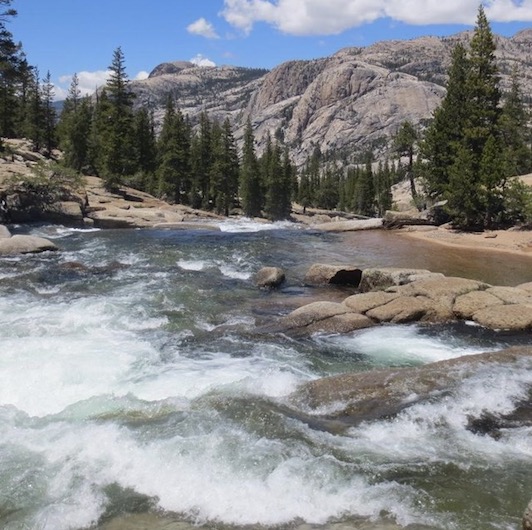Grand Canyon National Park hosts 33rd annual Grand Canyon Star Party, June 10-17, 2023
The thirty-third annual Grand Canyon Star Party will be held Saturday, June 10 through Saturday, June 17, 2023, on both the South and North Rim of Grand Canyon National Park. National parks such as Grand Canyon are protective havens for some of the last remaining dark skies in the United States.
The event is sponsored by the National Park Service, Grand Canyon Conservancy, the Tucson Amateur Astronomy Association, and the Saguaro Astronomy Club of Phoenix. Numerous telescopes will offer views of planets Jupiter, Saturn, and Mars, as well as double stars, star clusters, nebulae, and distant galaxies. By day, keep an eye out for solar telescopes pointed at the sun. Weather permitting, expect spectacular views of the universe!
On the South Rim, events include a nightly slide show from a special guest speaker at 8 p.m. in the plaza of the Grand Canyon Visitor Center. The talks are followed by free telescope viewing behind the building. Green-laser constellation tours will be offered nightly at 9, 9:30, and 10 p.m. The list of speakers can be found on our webpage:
Visit Grand Canyon's website!Parking is available in Lots 1 through 4, or arrive by the free Village Route shuttle bus, which runs until 11 p.m. To get a good seat for the speaker presentation, arrive early. Telescope viewing is best after 9 p.m. and continues well into the night; visitors may arrive any time after dark. A light source is recommended for the walk to the viewing area, but white lights are not permitted on the Telescope Lot. Give your eyes time to dark-adapt, or use a red flashlight, easily made by covering any flashlight with red cellophane.
On the North Rim telescopes will be set up on the terrace of the Grand Canyon Lodge every evening. Astronomers will also use green lasers to point out constellations. By day, look for solar telescopes on the terrace and elsewhere. Check the Visitor Center and park bulletin boards for program topics and additional details.
Nighttime Temperatures on both rims can be cool, even in summer. Those attending the star party are encouraged to bring warm layers of clothing. When traveling in the park on the South Rim, it is best to find a parking space and use the free shuttle bus system to access points of interest in the Grand Canyon Village area.
GATLINBURG

Great Smoky Mountains
- Cascading waterfalls, roaming wildlife and a view that stretches out over 500,000 acres – this is the country’s most-visited national park. Vacationers often start in Gatlinburg and make their way to one of the park’s famous paths where they can find everything they’ve been looking for. A hike through the Great Smoky Mountains – whether it be on the Appalachian Trail itself, a wildflower walk, or a trip to one of the many waterfalls – will leave you with a smile and a lasting impression. Because the experience changes season to season, there’s always a new scene to come explore.
Great Smoky Mountains National Park It's the most visited National Park in the United States. It's so big that scientists are still discovering some of the plant and animal species that live there. The park is home to more than 1,500 bears, so keep your eyes open when hiking the Smoky Mountain trails. Nothing beats seeing a bear in the park, and there are plenty of other breathtaking sights here in the Smoky Mountains, including waterfalls, winding valleys and century-old architecture.
- John Oliver's Cabin: Cades Cove's First And Oldest Cabin, John and Lucretia Oliver were the first settlers in Cades Cove, and they almost didn’t make it through the first winter. They ate dried pumpkin given to them by the Cherokee and ground their corn into meal with a mortar and pestle… and they survived. Take a short walk off the main loop at Cades Cove, and visit one of the oldest structures in the Smokies. It still stands where they built it, held together without pegs or nails. It remains erect by gravity, and anchored by the spirit of the mighty will of two hardy settlers.
- Picnic In The Park: Break Bread With Family And Friends. Gatlinburg is home to many scenic and accessible spots that are just perfect for bringing back the lost joys of picnicking. Admire the antique architecture of century-old cabins and mills at Cades Cove picnic area. Soak up the scenery of the Little Pigeon River or share a meal at one of several other designated picnic spots near Gatlinburg, including Metcalf Bottoms. It’s a great way to relax and unwind during your vacation.
- One Of The Most Exciting Natural Events In The Smokies. 2023 Elkmont Viewing Dates: June 4 - 11: Every year in late May to early June, thousands of visitors gather near the popular Elkmont Campground to observe the naturally occurring phenomenon of a firefly species that flashes synchronously. Synchronous fireflies (Photinus carolinus) are one of at least 19 species of fireflies that live in Great Smoky Mountains National Park and are one of only a couple species in North America whose individuals are known to synchronize their flashing light patterns. Since 2006, access to the Elkmont area has been limited in the Great Smoky Mountains National Park during the eight days of predicted peak activity in order to reduce traffic congestion and provide a safe viewing experience for visitors that minimizes disturbance to these unique fireflies during the peak mating period.
YOSEMITE
Yosemite Falls
Concessions History
People have long traveled to Yosemite for recreation. The stunning views that visitors enjoy today are much the same as those that helped inspire the creation of the national parks over a century ago. How we experience the park, however, has changed greatly within those years.
The Yosemite region was the first area in the United States to be protected for its scenic beauty. Later, the National Park Service was established to manage these lands with the goal of protecting nature, history, and scenery while providing public access to it in a way that left the parks unimpaired for future generations. This task, never simple, has adapted in many ways to changes in technology American society, as well as our growing understanding of ecology and conservationism.
The First Entrepreneurs, 1855-1864, in July 1855, James Mason Hutchings was wandering California to gather material for a proposed magazine about the new state. He’d read newspaper stories about the Mariposa Battalion’s expeditions and was eager to see the wondrous valley for himself. Hutchings, with a small group, hired two former members of the decimated Yosemite tribe to lead them into the valley. Their vivid descriptions and drawings were published first in the Mariposa Gazette, and then in newspapers across the country. By that fall, work had begun on the first toll trail to Yosemite.
Those who had seen Yosemite knew that it would be a popular travel destination. In the next decade, several land claims and competing toll routes sprung up. Most were soon out of business. Local businessmen, curious hunters, and roaming photographers and artists found their way into the valley, but the expected crowds took years to materialize. A trip to Yosemite was expensive and difficult, requiring weeks of travel and dangerous risks. Entrepreneurs, mostly from the nearby mining towns of Mariposa and Coulterville, continued to lay the groundwork for future development. Land in Yosemite was not officially open to private claims, as the area had never been surveyed. This did not, however, stop hopeful businessmen from staking their claims and by 1862 nearly all of the Yosemite Valley floor had been claimed. They built lodging, roads, and memorabilia shops. Their lodges were rough, but gained the acclaim of newspapers across the country. Although the expense and difficulty of the journey prevented most people from visiting themselves, artists and newspaper articles publicized the virtues of the natural landscape and the developing accommodations. To them, California and Yosemite presented new opportunities for the growing country. By 1864, the United States government was also convinced of the value of the Yosemite landscape as a sightseeing destination. The Yosemite Grant bill mandated the Yosemite Valley and Mariposa Big Tree Grove be “held for public use, resort, and recreation.” The grant gave the land to the state of California under the management of nine commissioners. California was permitted to lease portions of the land, as long as this income was used for preservation or to build roads and other improvements. The existing land claims and buildings were not mentioned. This act marks the first land preserved in the United States in order to protect its scenery for the use of all people.
The California Forest Preserve: From 1864-1906, Yosemite was preserved by a California state grant. The area surrounding Yosemite Valley and the Mariposa Grove was protected as a forest reserve, patrolled by the US Army, 26 years before the creation of the National Park Service. At first, a California governing board administered Yosemite Valley and the Mariposa Grove. Under the leadership of Yosemite Guardian Galen Clark, they settled the legal claims of the Yosemite businessmen and issued short-term leases for the existing and new buildings. They also issued licenses for temporary businesses like photography studios. Leases were issued on a 10-year, five-year, or yearly basis, and accusations of favoritism and dirty dealing were rampant. In 1906, the state ceded the Valley and grove to the federal government. The Department of the Interior and the US Army were left to juggle the complaints of the 19 competing concessioners.
Yosemite Rivers
Creation of the National Park Service
Driving Change: In 1916 the National Park Service was established. Faced with this new challenge, the secretary of the interior determined that “First, that the national parks must be maintained in absolutely unimpaired form for the use of future generations as well as those of our own time; second, that they are set apart for the use, observation, health, and pleasure of the people; and third, that the national interest must dictate all decisions affecting public or private enterprise in the parks.” There were few details, however, dictation how they should be managed. With little to no funding from Congress, the National Park Service relied on concessions leases and permits for revenue. Concessioners, especially railroad companies and photographers, also played a critical role in attracting visitors and building popular support for the parks. The first NPS director, Stephen Mather, built favorable partnerships with park concessioners. He enticed entrepreneurs with profitable terms on 20 year leases, partnered on advertisement campaigns, and inspired investment into resort development. To Mather, "scenery [was] a hollow enjoyment to a tourist who sets out in the morning after an indigestible breakfast and a fitful sleep on an impossible bed." About Yellowstone, he wrote: "Golf links, tennis courts, swimming pools, and other equipment for outdoor pastime and exercise should be provided by concessions, and the park should be extensively advertised as a place to spend the summer instead of five or six days of hurried sightseeing…” He also facilitated the consolidation of concessioner services. In Yosemite, the decades of personal and legal squabbles between the myriad of companies, seasonal entrepreneurs, and real estate developers had come to an end. Some were bought out, others left, and some joined the new monopoly company. Nearly all concession services were now provided by a single company: the Yosemite Park and Curry Company.
After World War II, travel to Yosemite exploded. More people than ever before visited the park, and it was soon clear that Yosemite was not equipped for the crowds. Concessioners needed to adjust to more than just the number of visitors, however. The way people experienced national parks was also changing. Travel was no longer a luxury only available to the wealthy, but a fundamental part of middle class family life. New audiences and new technology meant new concession services. Visitors needed fewer transportation services and luxury resorts, and more rental cabins and cafeterias. While funding from Congress increased, the National Park Service continued to encourage concessions development as a means to serve visitors. In 1955, NPS devised a new development plan for the parks called "Mission '66"—a master plan for the next ten years, when eighty million annual visits were expected. This plan spurred new roads, new visitor centers, new lodging, and even a new architectural style. Supported by concession companies, national parks across the country developed robust visitor services.
Developing the Future:
The number of people who travel to Yosemite continues to rise every year. The national parks’ early drive to amplify the number of visitors and public support has transformed into managing the diverse needs of visitors, the environment, and historic features. The National Parks today face the question of how to balance modern amenities with an increased focus on introducing travelers to the values of secluded wilderness. The primary concession company in Yosemite has changed several times since 1925, but each has added to the character of the park.
Both early developers and the government foresaw the powerful draw of Yosemite. It is unlikely, though, that they could have imagined the magnitudes who now make the journey to see Half Dome and the towering sequoias. There was no blueprint for how to bring the public into these natural landscapes. Over time, Yosemite National Park has pioneered different ways to meet travelers’ needs, easing the difficulty of the journey and facilitating once-in-a-lifetime memories. Though there have been many changes, Yosemite managers and visitors continue to face the same question introduced by the Yosemite Grant: How to allow visitors to enjoy Yosemite while preserving it unimpaired for future generations.

